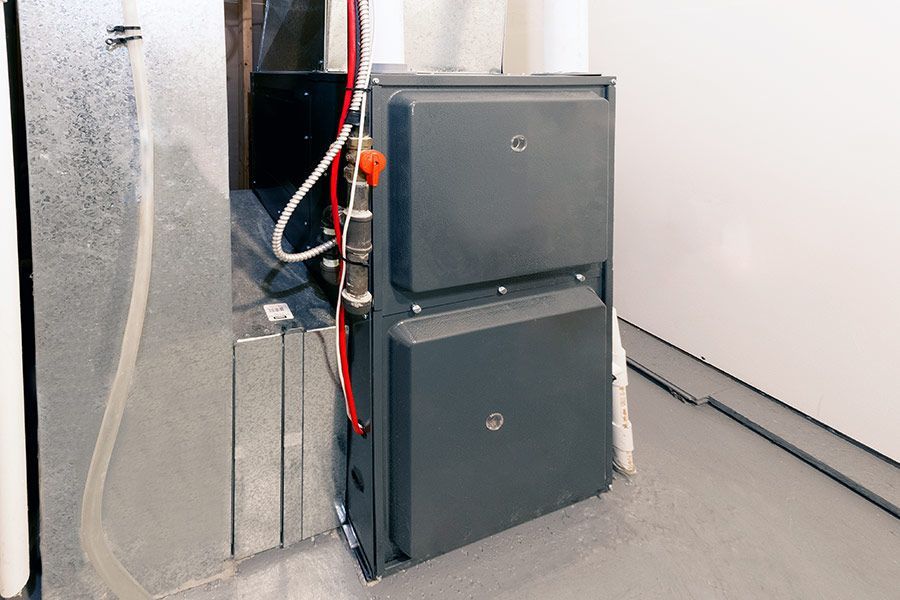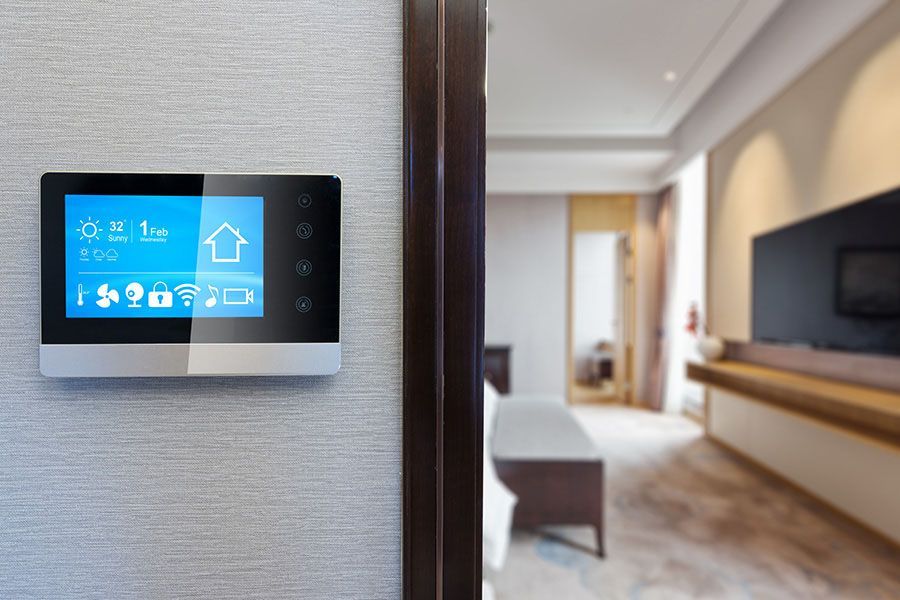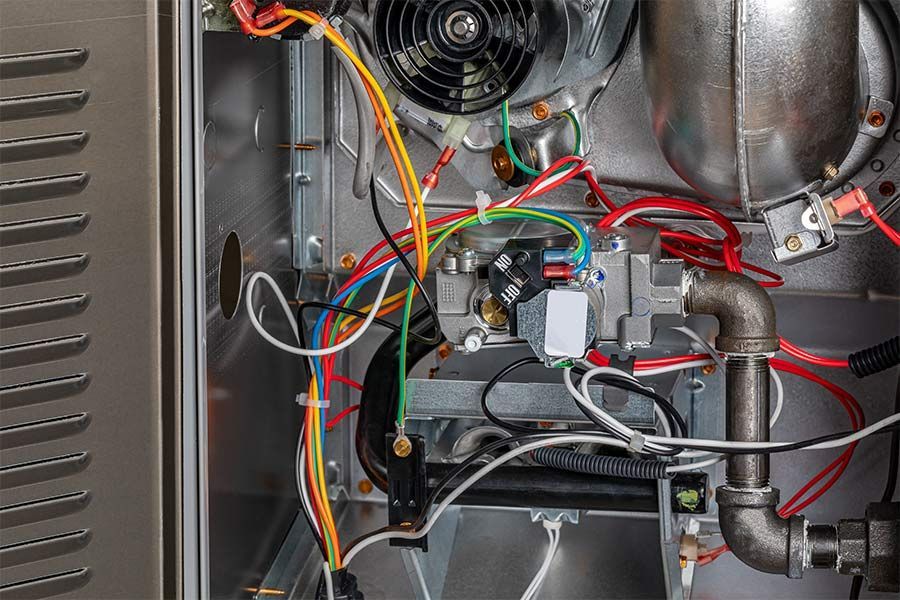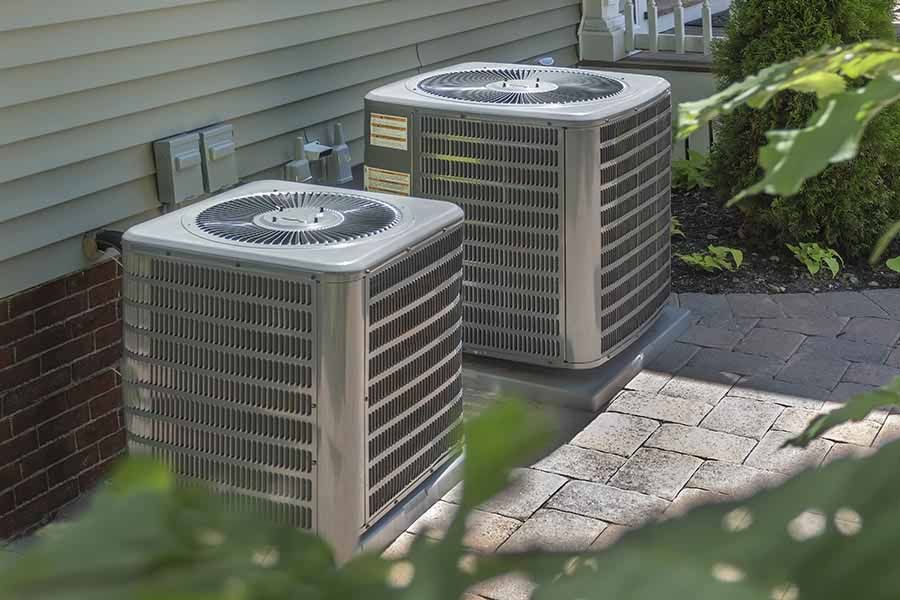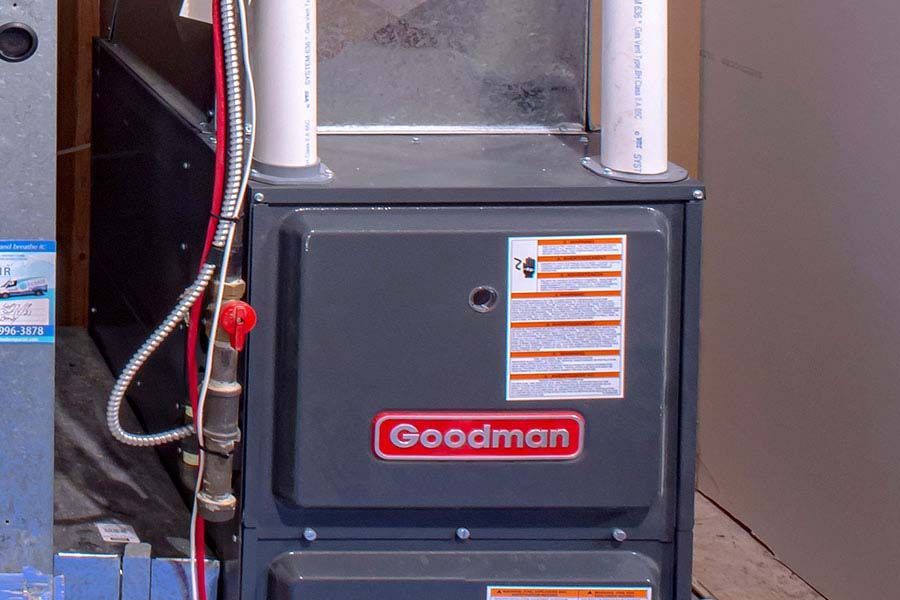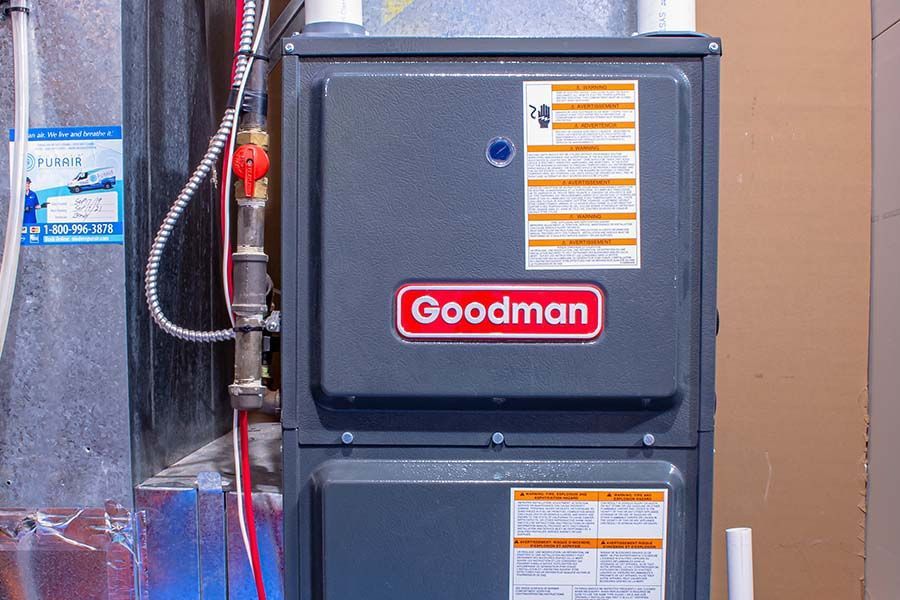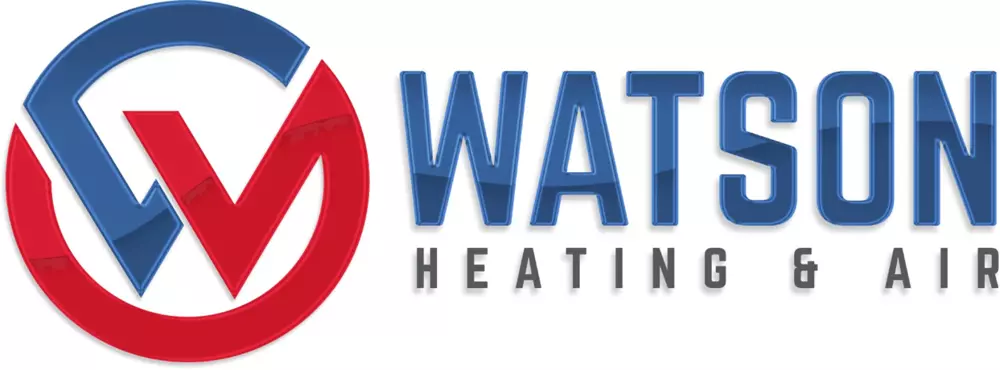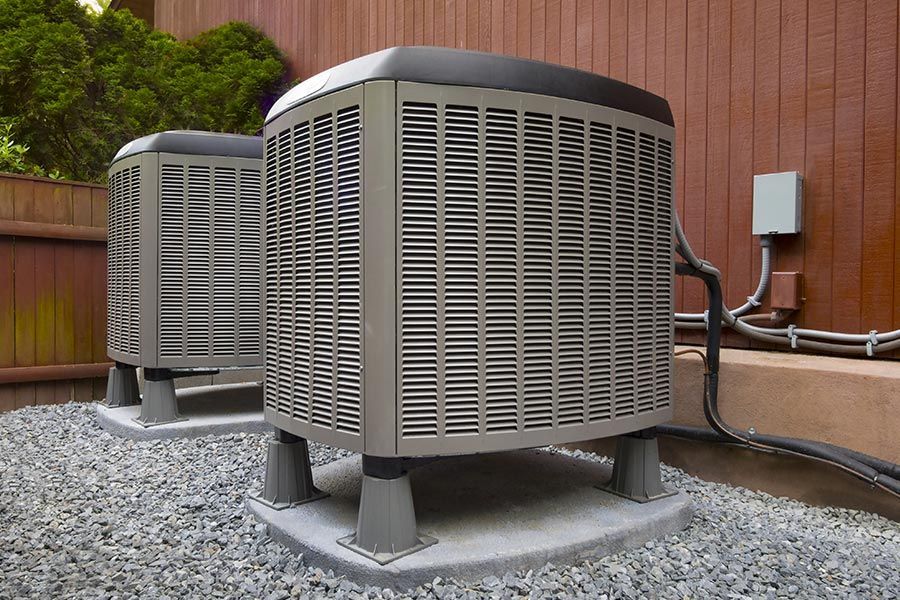Can a Furnace Leak Water? What You Should Know
You might be wondering, “Can a furnace leak water?” Unfortunately, the answer is yes, furnaces can leak water. If your furnace leaks water, then it requires immediate attention. When this leaking occurs, it can lead to many different problems that worsen quickly over time.
With this sort of time-sensitive issue, Homeowners must address this critical furnace leak and opt for professional furnace repair in Richmond, KY. By hiring professionals, you ensure that you get the furnace repair, inspection, and water damage assessment your home deserves.
How Does a Furnace Leak Water?
If you stand near your furnace and notice a buildup of water near the unit or outside of it, then you likely have a furnace leak. Each type of furnace experiences different situations which lead to water leaks.
Some common sources of leaks include exhaust pipes, drain pans, or blocked lines. These leaks can occur due to built-up condensation, cracks in pipes, or blockages due to debris in any area.
Types of Furnaces
To source the furnace leak, you have to find out which furnace type you have. Determining which type you have helps professionals find the exact reason for leaks. The two types include high-efficiency or standard-efficiency furnaces.
High-Efficiency Furnace
The first type of furnace is the high-efficiency furnace. These furnaces use PVC pipe for exhaust and fewer resources to create heat or cooling power. This offers a big plus for those concerned with the environment and saving some extra cash.
Standard Efficiency Furnace
Standard-efficiency furnaces feature metal flues over PVC pipes. While they’re still very effective at turning fuel into heat, they prove just slightly less efficient than their high-efficiency counterparts. However, you can still find Energy Star-rated standard efficiency furnaces.
Let a professional determine the type of furnace you have to best treat your specific situation for water leaks.
Common Sources of Water Leaks in High-Efficiency Furnaces
High-efficiency furnaces use PVC pipe for exhaust. This material tends to clog because it can accumulate with debris like dust. When this clog occurs. Then condensation typically builds up, creating leaks.
Another common source for leaks in a high-efficiency furnace stems from the condensate drain line. When this line experiences any holes and weak spots, water may leak out.
Near the condensate drain line lies the condensate trap and pump. Any minor issue or blockage with these two components may result in furnace leaks.
Common Sources of Water Leaks in Standard-Efficiency Furnaces
Standard furnaces use metal exhaust flues rather than pipes. The most common area for leaks is near the inducer assembly. If this inducer forms breaks in its structure, you’re at risk for water leaks near the furnace.
When using the air conditioner, you may experience leaks near the unit’s drain pain. The main goal of the drain pan is to capture any excess water created from condensation. If the pan has any holes or cracks, this water may leak near the furnace.
Another source of water from standard-efficiency furnaces is frozen coils. When evaporator coils freeze inside your unit while using AC, it will create puddles around the unit.
Water Leak Prevention Tips
If you notice signs of leaks or had furnace leaks in the past, you might be wondering if you can learn about any tips to prevent them in the first place. The good news is that you can find plenty of tips that may help deter leaks from occurring.
The first tip centers around opting for regular maintenance. Choosing to schedule regular maintenance with a certified HVAC professional guarantees that your furnace stays in premier shape.
Allowing a knowledgeable team of technicians to inspect your furnace, including the metal flues or PVC pipes, condensate lines, drain pans, and other components, ensures a well-functioning system. Overall, this level of attention to each part of your furnace makes the best way to keep leaks away for the long term.
A final tip requires you to check your furnace filters. When your furnace filter experiences high levels of debris and dust, it prevents proper airflow. This lack of airflow can create an environment where condensation can’t escape, forcing the unit to work harder and leading to potential leaks.
Always Choose HVAC Professionals
Instead of wondering, “Can a furnace leak water,” get all your HVAC questions answered by trustworthy heating and cooling experts. Watson Heating & Air prioritizes keeping your furnace in top shape, so your home stays a safe place without leaks and maintains optimal indoor air quality.
For furnace leak detection and other common furnace repairs, call Watson Heating & Air in Richmond, KY, at (859) 659-7272 today!
REQUEST A SERVICE
